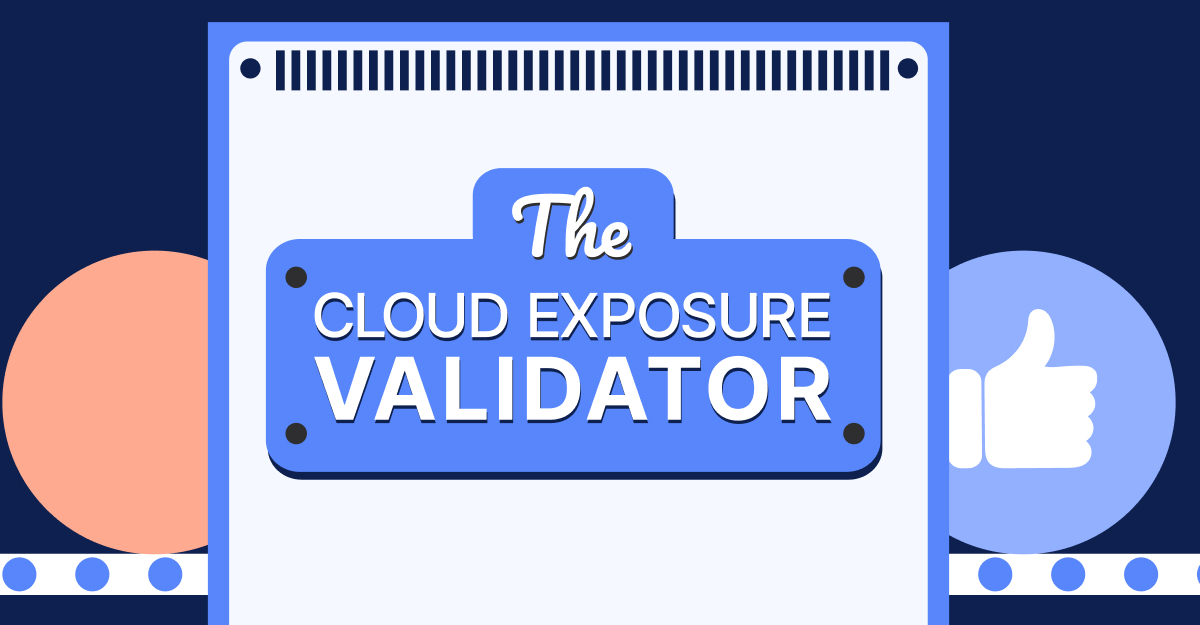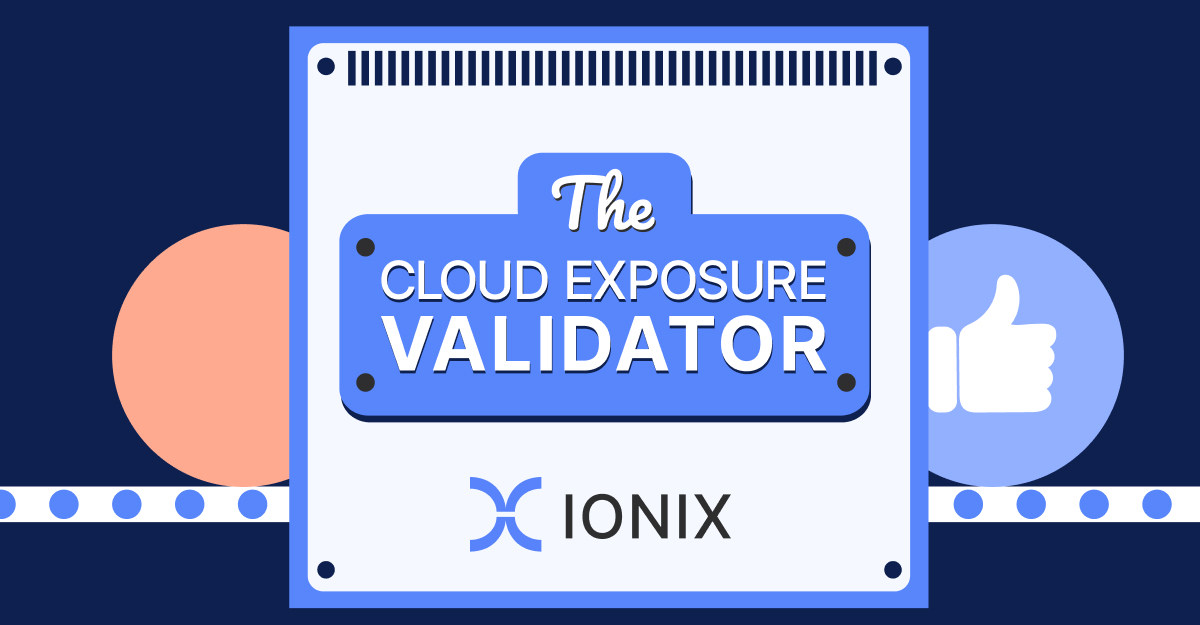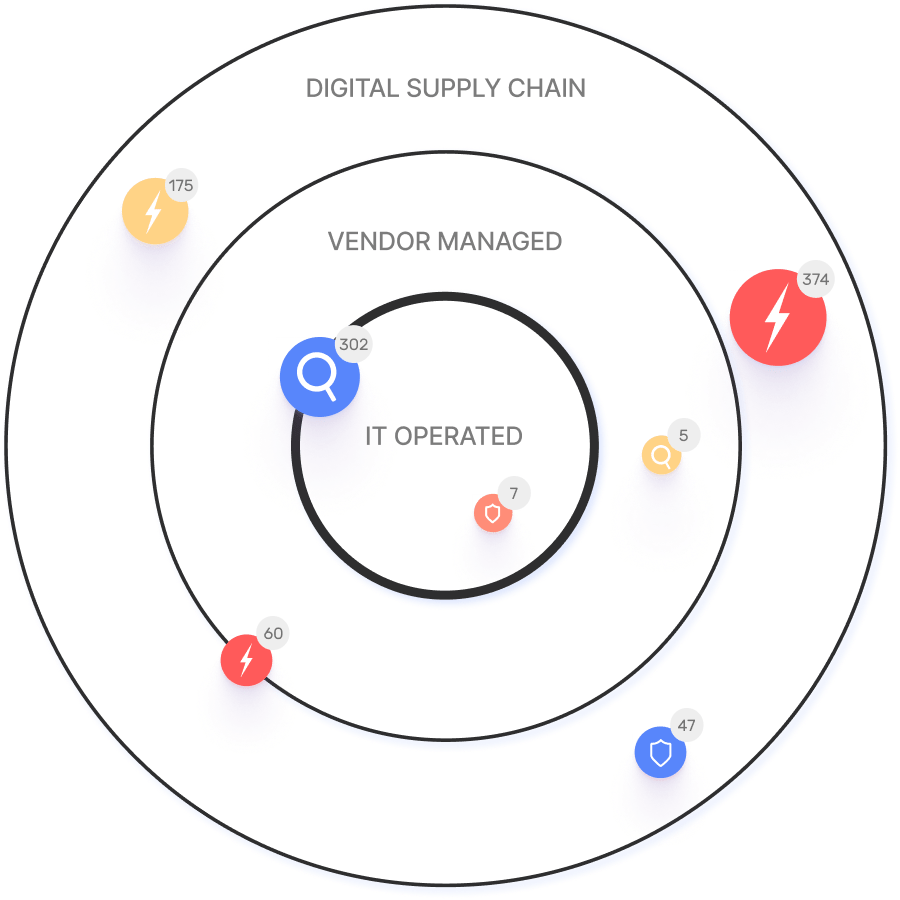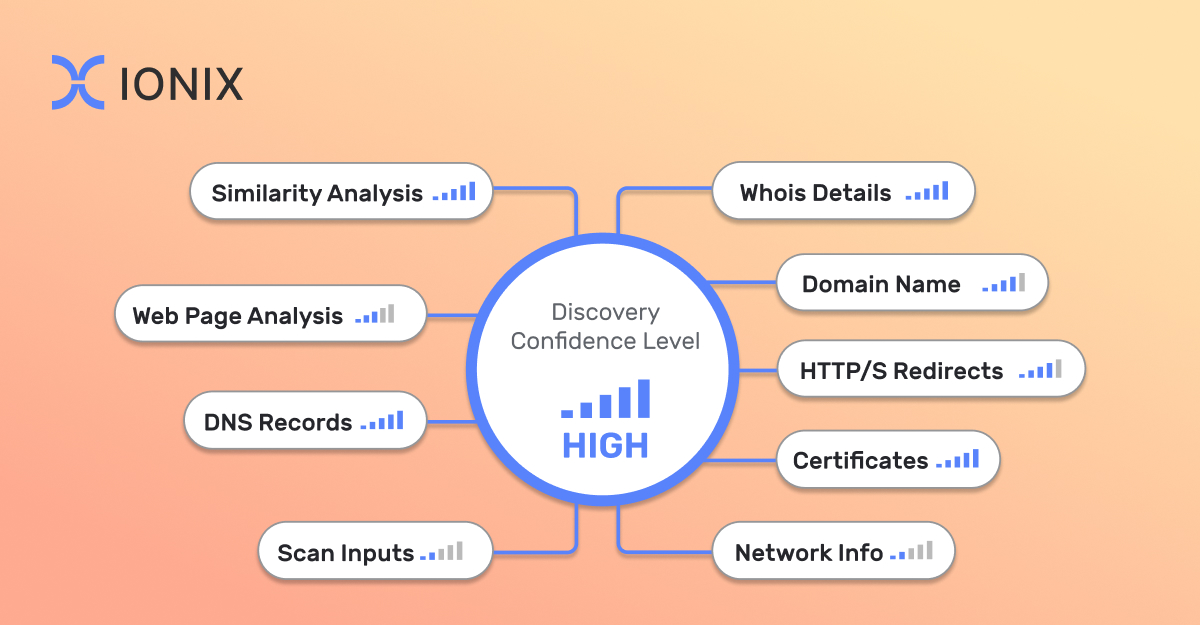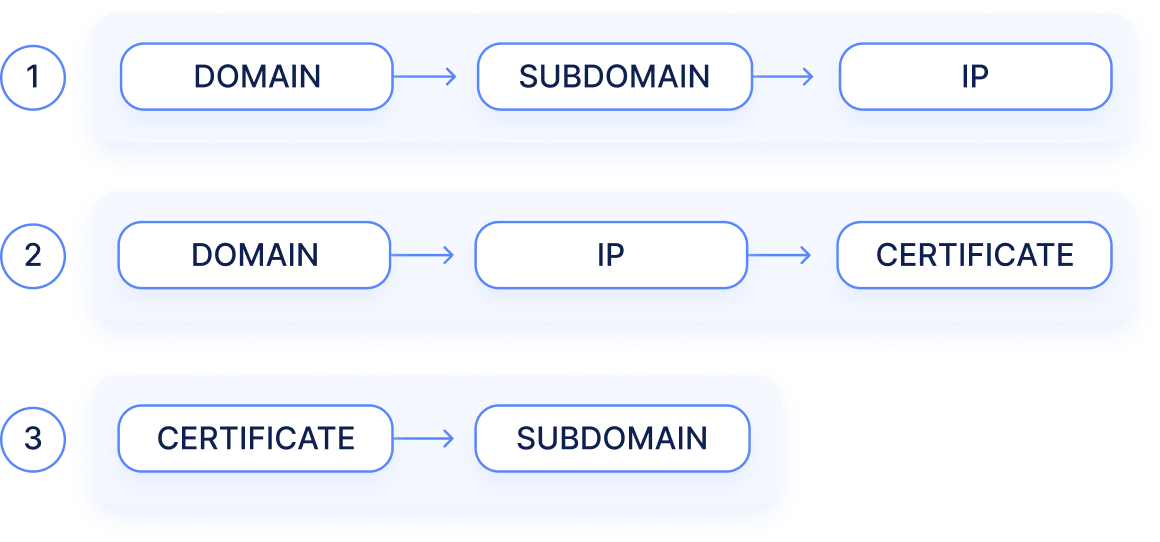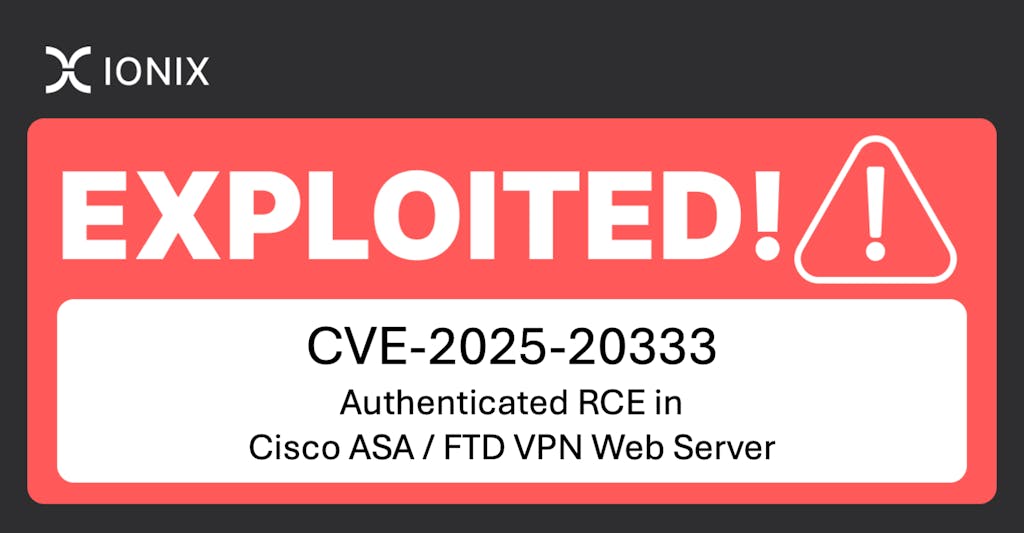Frequently Asked Questions
Product Information & Features
What is IONIX and what does it do?
IONIX is an External Exposure Management platform that helps organizations identify exposed assets and validate exploitable vulnerabilities from an attacker's perspective. It enables security teams to prioritize critical remediation activities by cutting through the flood of alerts. Key features include complete attack surface visibility, identification of potential exposed assets, validation of exposed assets at risk, and prioritization of issues by severity and context. Learn more.
What are the main features of IONIX?
IONIX offers Attack Surface Discovery, Risk Assessment, Risk Prioritization, and Risk Remediation. The platform uses ML-based 'Connective Intelligence' to discover more assets with fewer false positives, provides Threat Exposure Radar for prioritizing urgent issues, and automatically maps attack surfaces and digital supply chains. It also streamlines remediation with actionable insights and integrations for ticketing, SIEM, and SOAR solutions. More details.
How does IONIX's multi-factor discovery approach improve attack surface management?
IONIX's multi-factor discovery approach enhances attack surface management by delivering unmatched coverage and precision. It integrates various methods—such as Whois and DNS records, domain names, certificates, web content, network information, HTTP/S redirects, similarity analysis, and customer input—to build a comprehensive and accurate identification of organizational assets. This unified, multi-factor evidence view enables security teams to gain a deeper and more reliable understanding of asset attribution across their organization’s digital footprint. Read more.
What is multi-factor asset attribution in attack surface discovery?
Multi-factor asset attribution is a process that uses multiple discovery methods and machine learning to accurately identify which assets belong to an organization. This approach reduces both false negatives (missed assets) and false positives (incorrectly attributed assets), ensuring a comprehensive and reliable attack surface inventory. Learn more.
What components are included in Attack Surface Management?
Attack Surface Management includes Asset Discovery, Asset Attribution, Inventory and Classification, Risk Assessment, Risk Prioritization, Continuous Security Monitoring, and Remediation and Mitigation. These components work together to provide comprehensive visibility and control over an organization's digital footprint.
How does IONIX reduce false negatives and false positives in asset discovery?
IONIX employs a multi-factor discovery and attribution process, leveraging machine learning to accurately identify organizational assets. This approach combines evidence from multiple sources and presents it in a unified view, enabling security teams to manage their digital footprint effectively and minimize both blind spots (false negatives) and misattributions (false positives). Read more.
What is the IONIX Discovery Evidence View?
The IONIX Discovery Evidence View provides transparent visibility into the evidence collection and attribution process. It presents all evidence collected on an asset, showing how each piece contributes to the attribution decision, and compares findings across discovery methods for comprehensive insight. Read the datasheet.
Use Cases & Customer Success
Who can benefit from using IONIX?
IONIX is designed for Information Security and Cybersecurity VPs, C-level executives, IT managers, and security managers across industries, including Fortune 500 companies. It is especially valuable for organizations facing challenges with shadow IT, cloud migrations, mergers, and digital transformation initiatives.
What industries are represented in IONIX's case studies?
IONIX's case studies cover industries such as Insurance and Financial Services, Energy, Critical Infrastructure, IT and Technology, and Healthcare. See case studies.
Can you share specific customer success stories using IONIX?
Yes. For example, E.ON used IONIX to continuously discover and inventory their internet-facing assets, improving risk management. Warner Music Group boosted operational efficiency and aligned security operations with business goals. Grand Canyon Education enhanced security by proactively discovering and remediating vulnerabilities. E.ON Case Study, Warner Music Group Case Study, Grand Canyon Education Case Study.
What business impact can customers expect from using IONIX?
Customers can expect improved risk management, operational efficiency, cost savings, and enhanced security posture. IONIX helps visualize and prioritize hundreds of attack surface threats, streamlines security operations, reduces mean time to resolution (MTTR), and protects brand reputation and customer trust. Read more.
Technical Requirements & Integrations
What integrations does IONIX support?
IONIX integrates with tools like Jira, ServiceNow, Slack, Splunk, Microsoft Sentinel, Palo Alto Cortex/Demisto, and AWS services such as AWS Control Tower, AWS PrivateLink, and Pre-trained Amazon SageMaker Models. See all integrations.
Does IONIX offer an API?
Yes, IONIX provides an API that supports integrations with major platforms like Jira, ServiceNow, Splunk, Cortex XSOAR, and more. Learn more.
Where can I find technical documentation for IONIX?
Technical documentation, guides, datasheets, and case studies are available on the IONIX resources page. Explore resources.
Security & Compliance
What security and compliance certifications does IONIX have?
IONIX is SOC2 compliant and supports companies with their NIS-2 and DORA compliance, ensuring robust security measures and regulatory alignment.
How does IONIX ensure product security and compliance?
IONIX maintains SOC2 compliance and supports organizations in meeting NIS-2 and DORA regulatory requirements. The platform is designed with robust security measures to protect customer data and align with industry standards.
Implementation & Support
How long does it take to implement IONIX and how easy is it to start?
Getting started with IONIX is simple and efficient. The initial deployment takes about a week and requires only one person to implement and scan the entire network. Customers have access to onboarding resources like guides, tutorials, webinars, and a dedicated Technical Support Team. Read more.
What training and technical support is available for IONIX customers?
IONIX offers streamlined onboarding resources such as guides, tutorials, webinars, and a dedicated Technical Support Team to assist customers during implementation and adoption. Learn more.
What customer service or support is available after purchasing IONIX?
IONIX provides technical support and maintenance services during the subscription term, including troubleshooting, upgrades, and maintenance. Customers are assigned a dedicated account manager and benefit from regular review meetings to address issues and ensure smooth operation. More details.
Performance & Recognition
How is IONIX rated for product performance?
IONIX earned top ratings for product innovation, security, functionality, and usability. It was named a leader in the Innovation and Product categories of the ASM Leadership Compass for completeness of product vision and a customer-oriented, cutting-edge approach to ASM. See details.
What feedback have customers given about IONIX's ease of use?
Customers have rated IONIX as user-friendly and appreciate having a dedicated account manager for smooth communication and support.
Blog & Resources
Does IONIX have a blog?
Yes, IONIX's blog offers articles and updates on cybersecurity, exposure management, and industry trends. Read the blog.
What kind of content is available on the IONIX blog?
The IONIX blog provides insights on topics like exposure management, vulnerability management, continuous threat exposure management, and industry trends. Key authors include Amit Sheps and Fara Hain. Explore the blog.
KPIs & Metrics
What KPIs and metrics are associated with the pain points IONIX solves?
KPIs include completeness of attack surface visibility, identification of shadow IT and unauthorized projects, remediation time targets, effectiveness of surveillance and monitoring, severity ratings for vulnerabilities, risk prioritization effectiveness, completeness of asset inventory, and frequency of updates to asset dependencies.
Competitive Differentiation
How does IONIX differ from similar products in the market?
IONIX stands out for its ML-based 'Connective Intelligence' that discovers more assets with fewer false positives, Threat Exposure Radar for prioritizing critical issues, and comprehensive digital supply chain coverage. Unlike alternatives, IONIX reduces noise, validates risks, and provides actionable insights for maximum risk reduction and operational efficiency. Learn more.
Customer Proof
Who are some of IONIX's customers?
IONIX's customers include Infosys, Warner Music Group, The Telegraph, E.ON, Grand Canyon Education, and a Fortune 500 Insurance Company. See more.
